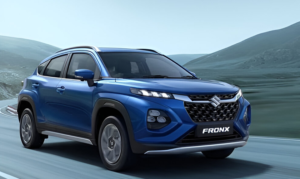Transport Minister Sets Giant Auto Ambition: India Eyes Top Rank Within 5 Years
- India aims to be the world’s top automobile industry in 5 years.
- Key focus: Scale production, boost EVs, and expand exports.
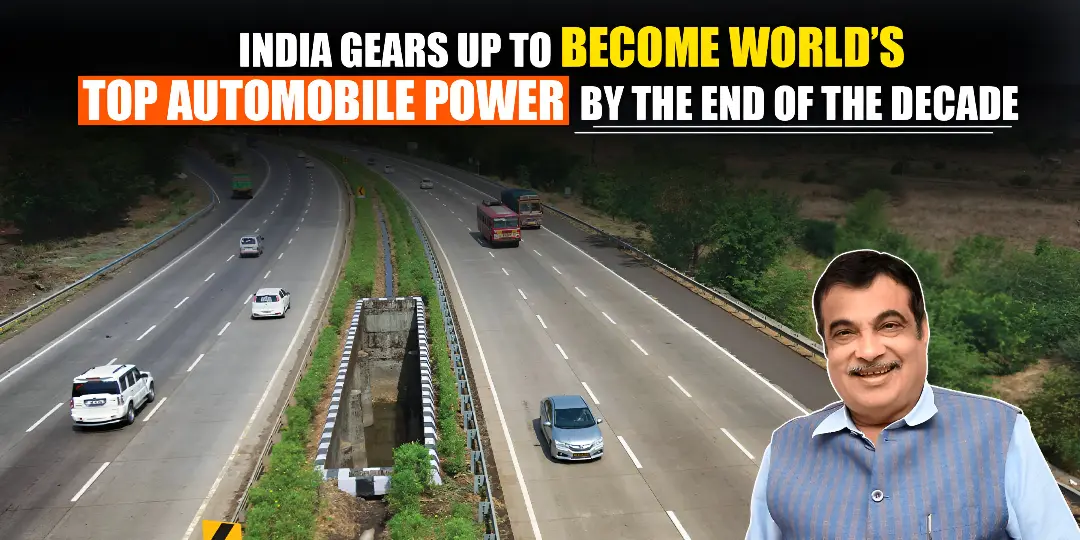
India is now the third largest automobile industry worldwide, overtaking Japan and is set on surpassing both China and the United States within a five year horizon. The announcement by Transport Minister Nitin Gadkari marks a giant leap for the sector focusing on making the nation a global leader in vehicle production and sales
- Competition is strong with the US and China currently leading but India’s auto industry has shown consistent and rapid growth currently valued at over ₹22 lakh crore
- The vision supports Prime Minister Modi’s broader economic roadmap to place India among the top three world economies with mobility and logistics seen as core engines for growth
Driving Growth: Electric and Sustainable Future
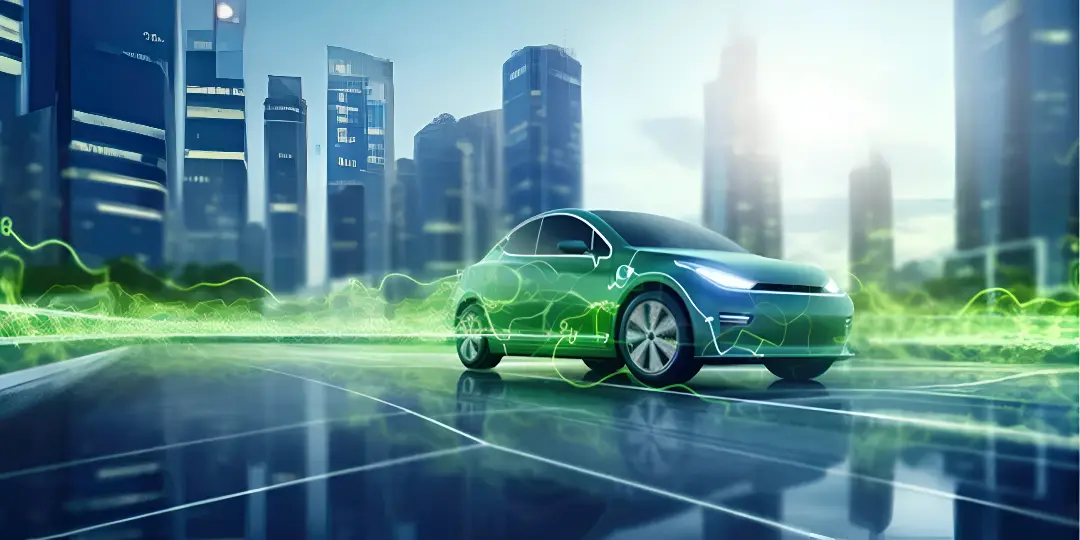
Key enablers for India’s goal
- Electric Vehicles- Policy support and demand for sustainable transport places electric cars, bikes and commercial vehicles at center stage.
- Green Technology- The shift to clean fuels and the adoption of modern automotive engineering will play a central role in emissions reduction and future industry value
- Job Creation and Exports- Rising demand supports stronger export numbers and job growth. Nearly 4.5 crore people are already employed in the sector, and numbers are set to rise further
Logistics, Infrastructure And Manufacturing: Lifting the Auto Sector
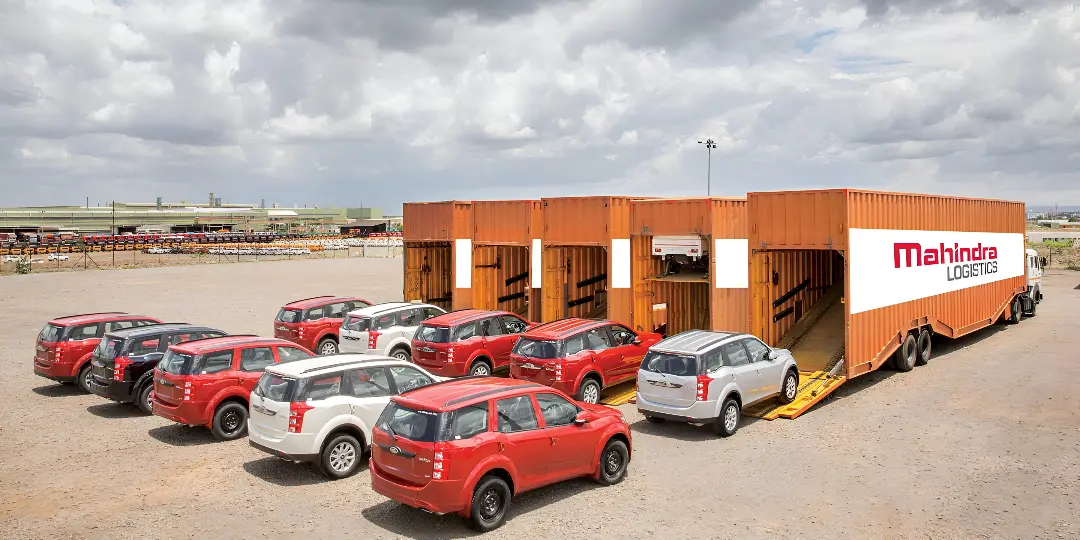
- Lower Logistics Costs- Through large investments in highways and express corridors logistics expenses have dropped from 16% to almost 10% of India’s GDP. Further reductions are planned, improving operational efficiency and competitiveness
- Manufacturing Scale- Expanding factory capacity is a focus with government incentives encouraging local and global manufacturers
- Domestic and Global Demand- Both local buyers and international markets show increased demand for India-made two-wheelers and passenger cars. Over 50 % of bikes made in India are exported, reflecting the country’s global reach
Road Safety, Innovation And Policy
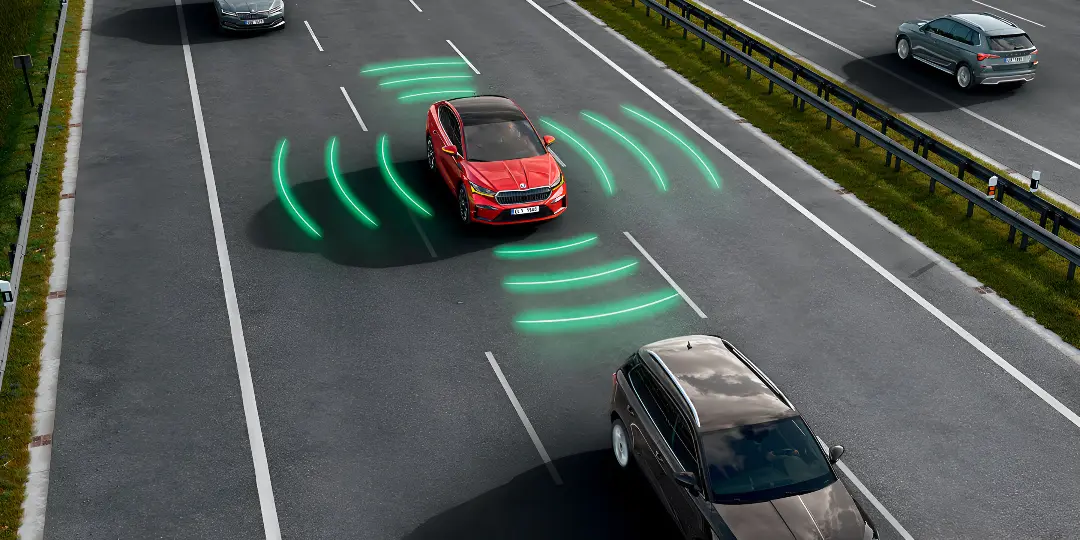
- Safety Initiatives- New rules mandate advanced safety features like ABS, electronic stability control and advanced driver-assistance systems to reduce accidents and improve public trust in Indian vehicles.
- Smart Mobility- Solutions such as new expressways, rapid testing of alternative-fuel buses, and a strong push for research and development put India on par with global innovation leaders.
- Policy Support- Efforts include GST incentives, green fuel policies, zero fatality corridor investments, and accessibility for skill development in automotive engineering.
Why India Could Succeed
Major factors working in India’s favor:
- Favorable Demographics- A large, young and growing consumer base continues to demand new and diverse vehicle models.
- Global Partnerships- Multinational automotive firms join with Indian manufacturers, bringing international expertise, advanced technology and higher quality standards.
- Government Commitment- Aggressive infrastructure projects and trade negotiations open new markets and support fast expansion.
Key Takeaways
- India targets the top spot for the world wide automobile industry in the next five years
- Growth will ride on electric vehicles, increased exports major road and manufacturing upgrades and stronger safety policies
- Job creation and innovation are priorities with a clear aim to make the country a manufacturing and export hub for global markets
- Recent policy focus and new technologies in mobility show India is ready for this challenge
Tags:
CarOnPhone is your one-stop destination to see all upcoming cars, latest cars, released cars, and EV Cars, and compare Cars in all Car Brands. Stay tuned and follow us to update yourself on the automotive world.







